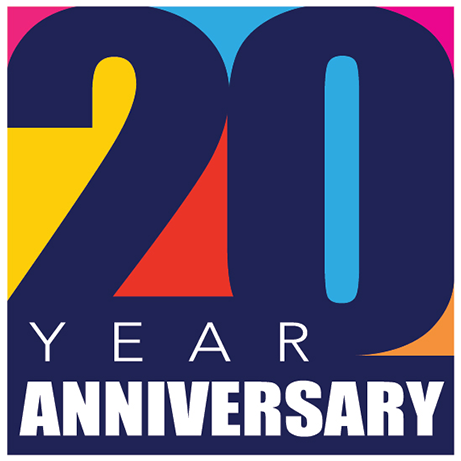So, you want to have t-shirts, business cards, CDs, posters, or banners made for your company, show or event. You have the image or logo ready and you send if off to the printing company and that is it. You are good to go, right? WRONG!!! What looks good on a computer screen does not always translate on print as well. Understand that a monitor is a light behind some colors and print is ink on particular media. Having a relationship with your printer is key as they “should” walk you through the process every step of the way otherwise you might not always get what you want.
Here are some helpful hints for you to know before you send off your project;
Resolution of your pictures and/or logo files: Image resolution is the most important part of your print project. The higher the resolution the clearer the image will print. When sending images to print NEVER send a .jpg or a .png file (or anything from your social media pages) because they can only be used on the web and are generally not a high resolution enough as they are set up to make web pages load faster. You will want an image that is at least 300dpi (dots per inch) on all files, if you send your logo, be sure to send a vector file. That way it can be as big as it needs to be.
Size of your file: The size of the product you want, the file should be designed/laid out to the specifications of what you want to print on. Before randomly designing something, you should inquire about a template or specifications you need to set up the final file. You should submit a PDF file for any print you need when it comes to full color. When printing 1, 2 or 3 spot colors, most printers need a vector or a PDF file created in Illustrator or InDesign to separate the colors.
Using proper fonts; There are millions of thousands fonts everywhere and not all computers have the same ones. Always remember when you output your file to a PDF file that you outline or rasterize your fonts so that they become an image. Otherwise if you don’t and after you output a file to a printer and if they don’t have that particular font you chose the font will change to that person’s default font which could be Times Roman or Helvetica. So always remember to do that prior to output.
Your files must have bleeds: What are bleeds? It is when the color extends past the edge of the trim. If you don’t have bleeds added, your files maybe cut in the wrong place and you will lose some of your image. Another scenario would be that you will end up have a white box/trim around your printed file that you didn’t want. In general, depending on what you are printing, all bleeds should be 1/8th of an inch (.25″) past the edge of the trim. Also keep in mind that you should NOT have text or image at the very end of the trim or it will get cut off. Always give yourself at least .25” from the edge to where it gets cut. When cutting, the media may shift or slide a little so you want to make sure nothing gets cut off.
Crop Marks: Most printers do not need crop marks added so do not add any crop marks to PDF files submitted for print it can incur editing fees for your project.
Single page PDF vs. spreads: When you layout your catalog or program, lay it out in single pages only and not in a spreadsheet. Even though layout programs will give the option of spreadsheets and Facing Pages, ONLY USE SINGLE PAGE LAYOUTS. Most printers will layout out your files in printer’s spread on their own to insure there is no issues.
One PDF or Several Single Page PDF’s? When you finally have your design done, make sure that it is sent as a PDF to the printer. If the document is 2 pages or less send it as one document. If over 2 pages send the document a page at a time in PDF format.
If you follow these steps, you should be good at printing whatever it is you want to print. Always keep mind that images from web are in RGB colors, print is printed in CMYK colors so there is slight differences in colors between viewing on a monitor and the final printed image. Also please do yourselves a favor, either hire a professional graphic (not web) designer to help you with your project or at least use the proper design programs; InDesign, Illustrator, Photoshop or Quark Express. Never lay any graphic in Microsoft programs like; Word, Publisher or even Pages. They are not programs designed for graphic and you will get a different outcome than what you want or think you will get.


